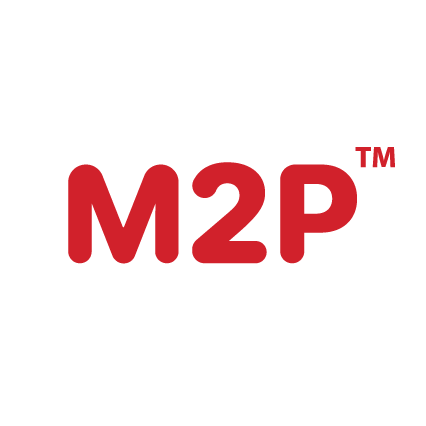Integrate CloudBlue Commerce with Retently
Trigger NPS/CSAT surveys after subscription changes or order completions, sync customer profiles and subscription details with Retently, and use feedback scores to enhance customer service strategies.
Start Free Trial
About CloudBlue Commerce
CloudBlue Commerce provides functionalities for managing service plans, orders, customers, subscriptions, and related actions within the CloudBlue platform.

CloudBlue Commerce to Retently
New or Updated Service Plan
Triggers when a service plan is created or updated in CloudBlue Commerce.New RDE Report
Triggers when a rated data report is generated in CloudBlue Commerce.New or Updated Order
Triggers when an order (Sales Order/Change Order/Billing Order/Cancel Order/Renew Order) is created in CloudBlue Commerce. It also includes filter options to select order type and status.New Customer User
Triggers when a customer user is created in CloudBlue Commerce.Updated Customer
Triggers when customer information is updated in CloudBlue Commerce.New or Updated Subscription
Triggers when a new subscription is created or updated in CloudBlue Commerce or its status is changed to Activated, Administrative Hold, Credit Hold, Full Hold, or In Grace.New or Updated Plan Category
Triggers when a plan category is created or updated in CloudBlue Commerce.New Customer
Triggers when a customer is created in CloudBlue Commerce.Updated Customer User
Triggers when a customer user information is updated in CloudBlue Commerce.
Retently to CloudBlue Commerce
Cancel Order
Cancels an existing subscription in CloudBlue Commerce. A new Cancel Order is placed in CloudBlue Commerce for the subscription linked with the provided Order Number.Change Subscription State
Changes subscription status to Administrative Hold or Active.Create New Customer User
Creates a new Customer user in CloudBlue Commerce.Renew Order
Renews the existing subscription in CloudBlue Commerce. A new Renew Order is placed in CloudBlue Commerce for the subscription linked with the provided Order Number.Update Customer
Updates a Customer account in CloudBlue Commerce.Find Customer
Finds Customer records in CloudBlue Commerce, allowing filtering with the Account ID and/or the external system ID. If no filter is passed, the last created Customer record is returned.Find Order
Finds orders in CloudBlue Commerce, allowing filtering with the CloudBlue Commerce Order Number and/or the external system Order ID. If no filter is passed, the last created order record is returned.Find Subscription
Finds subscriptions in CloudBlue Commerce, allowing filtering with the CloudBlue Commerce Order Number and/or the external system Order ID. If no filter is passed, the last created subscription record is returned.Create and Schedule RDE Job
Creates and schedules RDE job in CBC platform.Change Order
Updates the existing subscription in CloudBlue Commerce. A new Change Order is placed in CloudBlue Commerce for the subscription linked with the provided Order Number, including resource changes.Create Customer
Creates a new Customer account and a user under it with administrator privileges in CloudBlue Commerce.Delete User
Deletes the Customer user in CloudBlue Commerce, unless it's the last admin user.Create New Sales Order
Creates a new sales order in CloudBlue Commerce. The external system can pass an order reference to map the corresponding order object to the order object in CloudBlue Commerce.Update Customer User
Updates the Customer user information in CloudBlue Commerce.Find Customer User
Finds Customer user records in CloudBlue Commerce, allowing filtering with the Customer ID and User Type.Find Service Information
Finds and returns the service-specific information of a subscription from the CloudBlue Commerce OSS. For Connect-based services, this information includes the activation parameter URL, activation tile data, and so on.Similar App Builder integrations
 Builderly
zapier
Builderly
zapier
Trigger NPS/CSAT surveys after customer interactions or purchases, sync customer profiles and interaction data...
 M2p
zapier
M2p
zapier
Automate the sending of NPS/CSAT surveys after specific customer interactions managed by M2p, such...
 Revolear
zapier
Revolear
zapier
Trigger NPS/CSAT surveys after a proposal is accepted or a contract is signed, sync...
 TDox
zapier
TDox
zapier
Trigger NPS/CSAT surveys after customer interactions such as product purchases or event scheduling, sync...
 Tempokit
zapier
Tempokit
zapier
Trigger NPS/CSAT surveys after customers purchase or complete a workout/nutrition program, sync customer profiles...










 Alex Bitca
Alex Bitca 